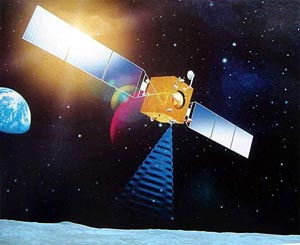Mr. Ouyang Ziyuan, the head of the lunar exploration project team and an academician at the Chinese Academy of Sciences, announced that China’s plan will send astronauts to the moon in 2017 after launching the Chang’e 1 lunar orbiter satellite in 2007.
 |
|
China’s first lunar exploration satellite, Chang’e 1, will be launched in 2007. |
Mr. Ouyang Ziyuan also mentioned that NASA, along with European agencies, plans to send astronauts to study the moon in 2018 and 2023.
Meanwhile, China will not join these countries and is preparing the initial steps of its project, aiming to land astronauts on the moon in 2017.
In addition, Mr. Ouyang Ziyuan confirmed that China will launch its first lunar orbiter satellite, Chang’e 1, in 2007.
Viewers can watch the satellite launch on TV for 10 to 20 minutes, and initial data will be immediately sent to important agencies nationwide.
The Chang’e 1 satellite’s mission includes capturing three-dimensional images of the moon, analyzing the natural features on its surface, exploring the thickness of lunar soil, and investigating the space environment between Earth and the moon.
Exploring the thickness of lunar soil is a long-term goal for China and is also of interest to foreign scientists.
Currently, the lunar exploration project in China is being conducted by scientists in three phases.
The first phase involves preparing missions for astronauts to explore, land, and establish a base. The second phase focuses on researching all means for astronauts to land safely on the moon, including testing and exploration. The final phase will utilize the data collected during tests and exploration to help astronauts select a base location on the moon.
Ngọc Huyền


















































